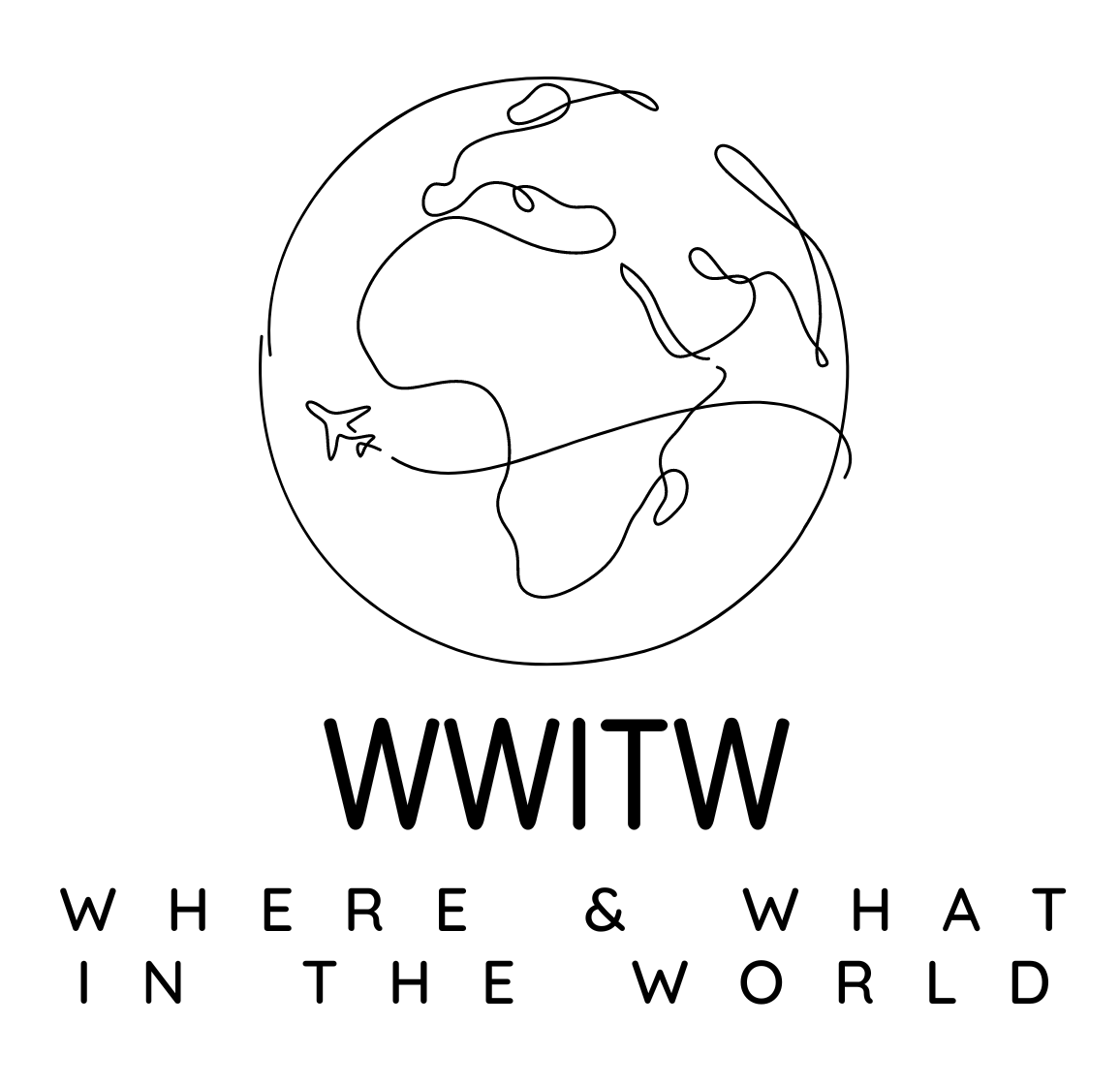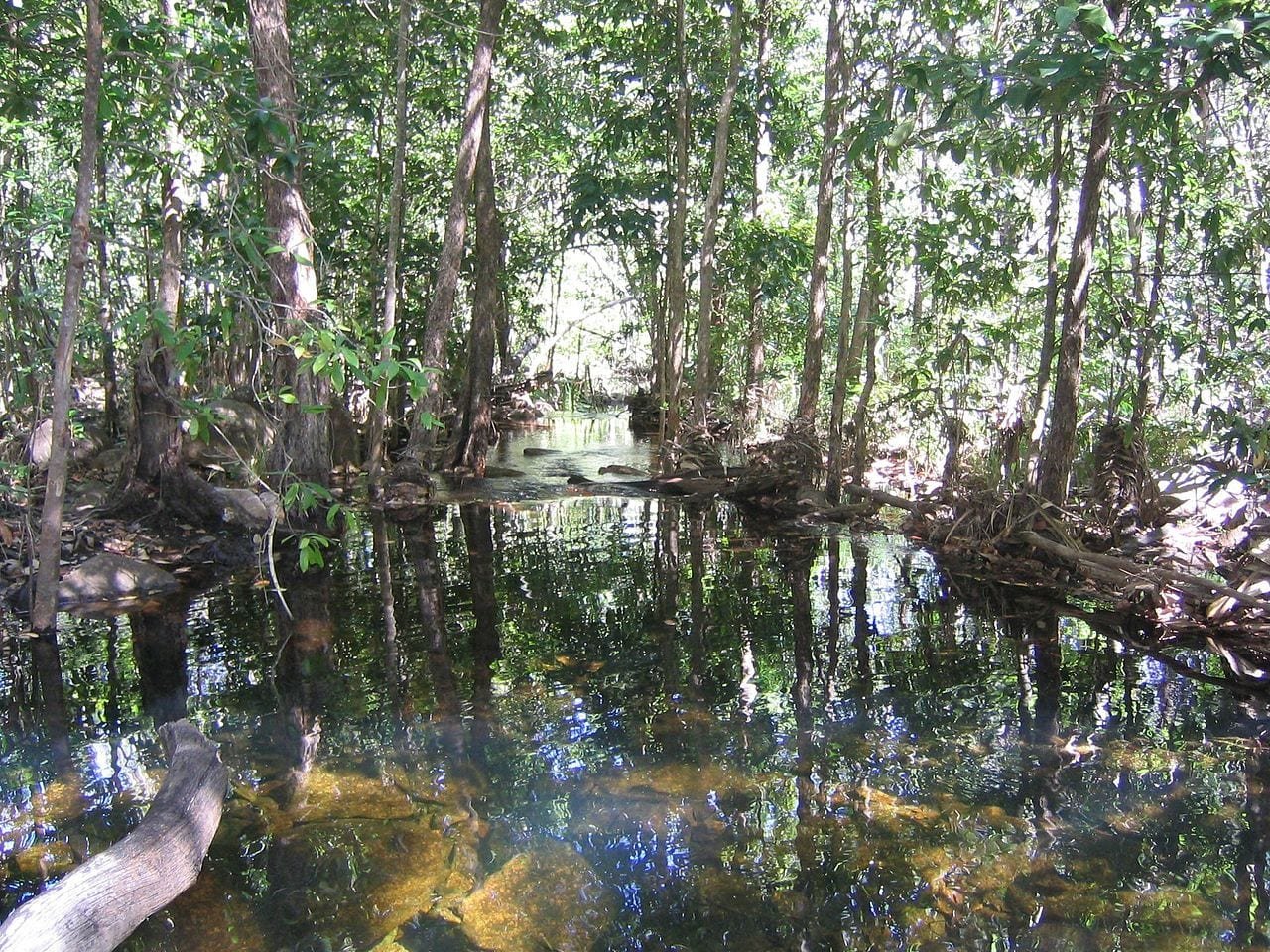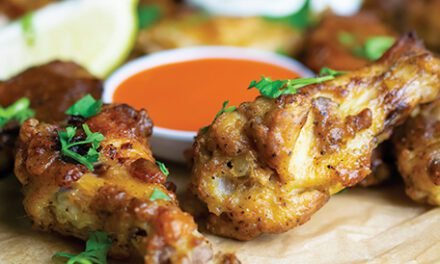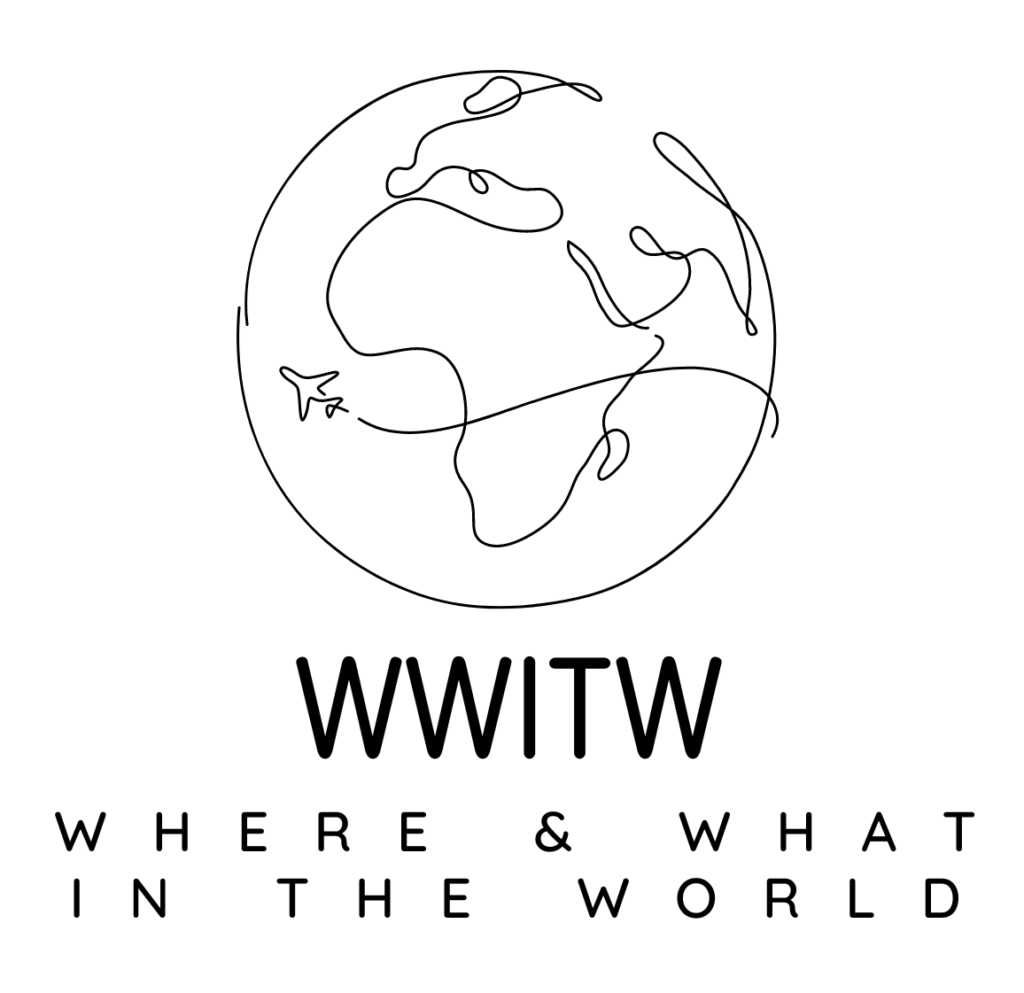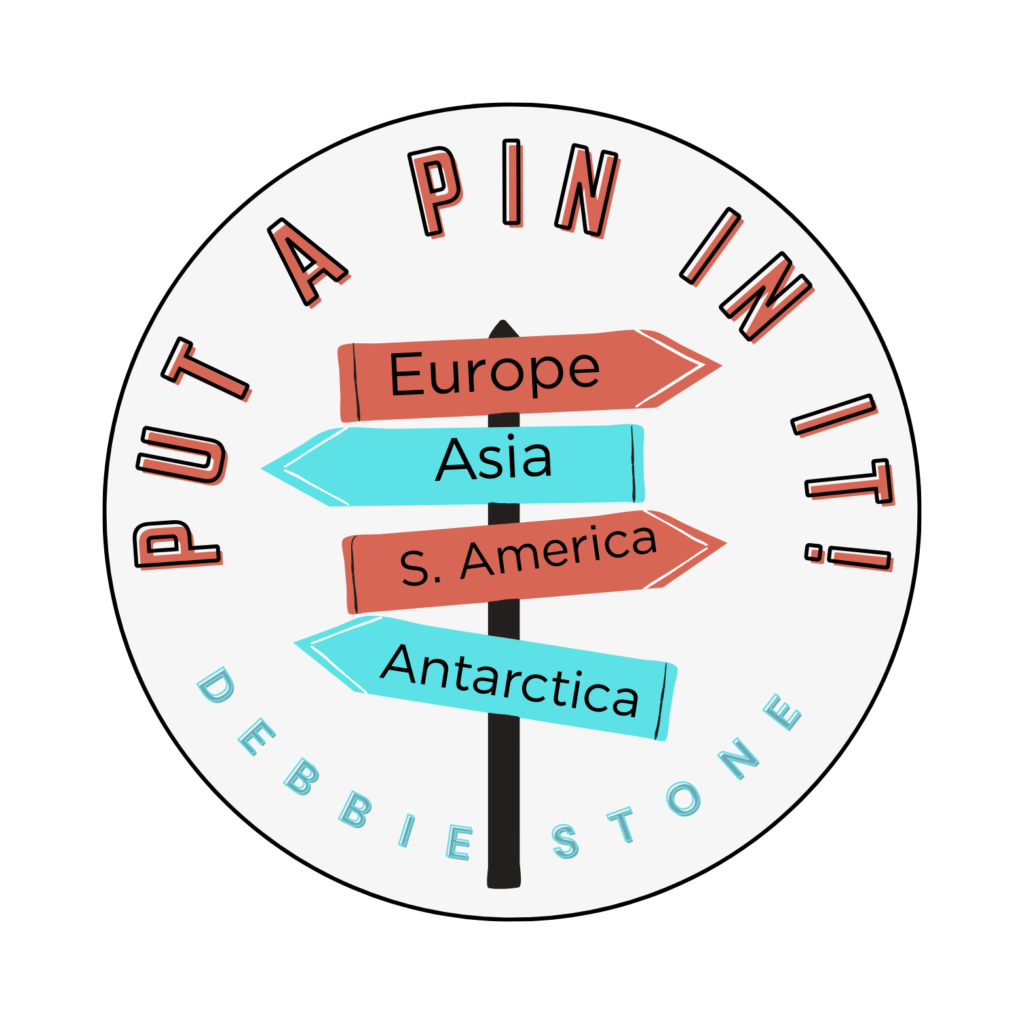By Michael Everett
Camping offers one of the best ways to reconnect with nature. When you are outdoors, you can listen to birds sing, hear the sound of rushing water or the rustling of leaves caused by the wind. But with camping comes the need to carry your food and drink as well as the utensils you will use to cook and serve food. Here are some tips that can help you to plan what you should pack for food preparation during your next camping trip.
Take basic equipment
Keep your cooking equipment simple so you can avoid transporting too many heavy items. When you are going on your first camping trip, here are some of the things you should pack.
* Prep equipment: Take a mid-sized chef’s knife (wrapped in towels or placed in a carrier), a paring knife, cutting board, aluminum foil, prep bowls, vegetable peeler, mugs and plates.
* Cooking equipment: A large saute pan, a saucepan to boil water, a skillet, metal skewers, a teapot and a toast making stand.
* Utensils: Place the following items inside a relatively large plastic container: a number of wooden spoons, flat silicone spatula, and cutlery that you’ve wrapped in a tea towel. The plastic box can also serve as a tub for washing after eating.
* Fuel: Take a lighter or a box of safety matches and some old newspapers to start a fire to cook or to keep warm. Take your cooking stove and combine it with camping fire for cooking. Ensure that you have additional fuel or a fuel substitute for your stove.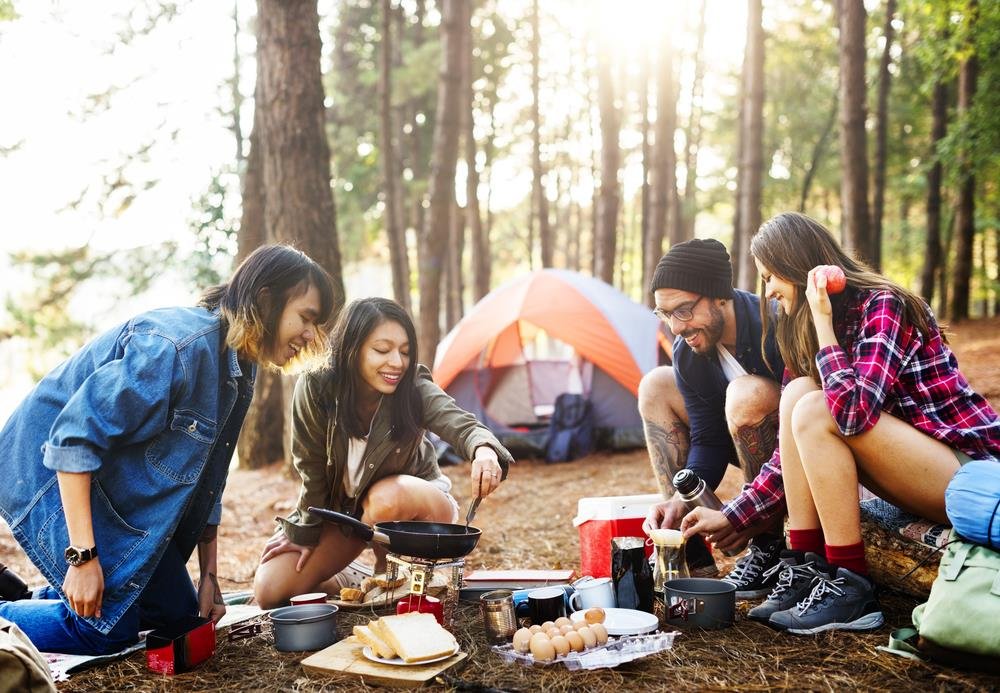
Freeze Perishables and Put them in Coolers
If you are spending more than two nights at your campsite, you need to prepare some food and freeze it. Freezing will make it easy to have a meal to serve within a short time, it will preserve your food, and keep your icebox fresh for several days. So prepare your food and place it in the freezer some days before your set out for your trip.
Plan your meals in advance and arrange your frozen meals and food items carefully. Choose the best ice box for camping that you can afford and place the food you will eat last at the bottom of the cooler. You may also arrange food in multiple coolers like this:
* A small cooler that is within reach: Place your travel snacks, food bars, sandwich fillings, sandwich rolls, chopped tomatoes, lettuce, chopped fruit, nuts, hard-boiled eggs and fruit bars here. You will have instant access to quick snacks and easy-to-prepare lunches.
* A meat cooler: Store your frozen marinated chicken, hamburgers and hot dogs in this cooler. Double-wrap all meat products with plastic bags so they do not contaminate each other. Fill this cooler with ice daily.
* An auxiliary cooler: In this cooler, place all other fresh ingredients including condiments, milk, drinks, butter, eggs, fruits and vegetables. You may even add big bottles of frozen water to maintain the temperature of the cooler.
Pack non-perishable food items
Non perishable items are easy to pack, you can easily arrange them in four groups: dry goods, sweets and treats, oils, and drinks.
* Dry goods: This box will contain items like milk powder, cocoa, sugar, tea bags, coffee, salt and pepper. Also, add dry spices, pancake mixes and bread rolls.
* Sweets: Place your chocolates, caramel chips, crackers and marshmallows for the children and every other person who likes sweets.
* Oils: Use a well-partitioned wine bag to carry liquids that do not have to be in a cooler. You can place cooking oil, syrups, and cordials into these bags and place them in between the other boxes so they don’t turn over in transit.
* Drinks: Pack a lot of drinks into an ice box or cooler with ice. Add bottles of water, fruit cordials, fresh fruit juices, beer, wine and other drinks you can use to make cocktails.
Take Various Sizes of Zip-Lock Bags
Strong and durable zip-lock bags are extremely important for camping. They have multiple uses, especially when you have to pack food items. Strong zip-lock bags are vital for the success of your food preparation.
They will prevent contents of one bag from contaminating another one. So buy a durable brand and don’t skimp on quality. You can take out most of the food ingredients you are taking to your camp from their packaging and place them in zip-lock bags to save space.
You may use these bags to plan your meals. Write with a permanent marker on the space provided for this so you can know the meal that the contents of the bag will be used to prepare.
To prevent waste at your campsite and save space, you can measure out the dry ingredients you will need for the entire trip and place them in bags of various sizes. Examples of items you can place in these bags include: pasta, spices, flours and sugar. You may also pour some canned products into plastic bags if you only need a fraction of the contents of the can at the campsite.
Those are some of the most important items to take along when you are going on a family camping trip. If you take time to prepare and freeze your meals and arrange them in different boxes, you will have a lot of fun when you have to eat outdoors.
Image Credit: https://www.shutterstock.com/image-photo/breakfast-camping-eggs-relax-cooking-concept-465017954?src=E1o8MKUeWbIq492aMT6ptw-1-40
Michael Everett
Author’s Bio: Welcome to Rainy Camping. I am Michael Everett, a camping expert who loves to travel and explore the wilderness throughout the year. I aim to visit every campsite in the world and offer smart advice to the novice adventurers out there.
If you would like to submit a guest post on food, wine or travel to Where and What in the World, I would be happy to feature your travel experience , drink, special wine tasting, or family or simply delicious recipe. If you go to submission tab, you will see how to submit, as well as have the opportunity of telling me if you would like to would like to be a regular contributor. When uploading a file for submission, you are also able to upload jpegs. Please feel free to put a last paragraph about you and a link to your profile. No html please. You can also include a head shot.
